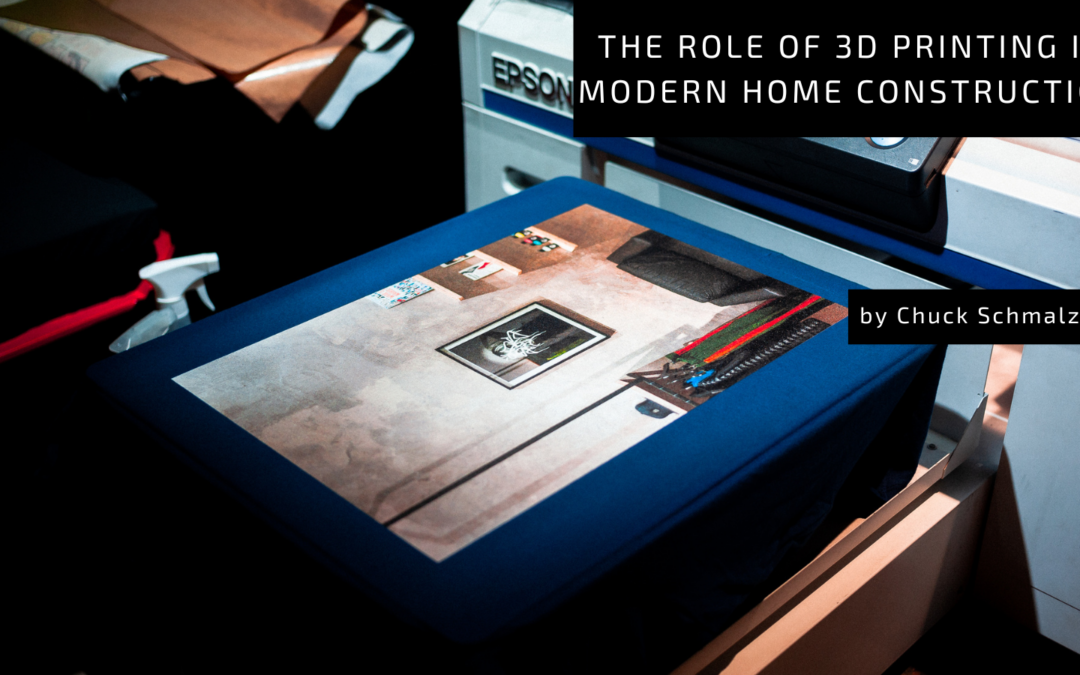In recent years, 3D printing has transcended its initial novelty applications to become a game-changer in modern home construction. This cutting-edge technology is revolutionizing how we build, offering unprecedented speed, cost-efficiency, and design flexibility that traditional construction methods struggle to match.
At the core of 3D printing in construction lies the process known as “contour crafting.” This method utilizes large-scale 3D printers to layer concrete or other building materials in precise patterns, gradually constructing entire structures layer by layer. The result is a faster construction process, reduced material waste, and enhanced structural integrity.
One of the primary advantages of 3D printing in home construction is its incredible speed. Traditional construction projects can take months or even years, but with 3D printing, entire homes can be built in a few days. This rapid turnaround reduces labor costs and addresses housing shortages more efficiently, particularly in areas affected by natural disasters or facing housing crises.
Cost-effectiveness is another significant benefit of 3D printing. The streamlined construction process and minimal material waste contribute to lower overall project costs. Moreover, 3D printing allows for using locally sourced materials, further reducing transportation expenses and environmental impact. As the technology continues to mature, it promises to make homeownership more accessible to a broader population.
The versatility of 3D printing extends beyond speed and cost savings; it also opens up new possibilities in architectural design. With 3D printing, architects and designers can explore intricate and unconventional shapes that would be challenging or cost-prohibitive to achieve with traditional construction methods. This flexibility enables the creation of aesthetically unique and personalized homes tailored to individual preferences.
Sustainability is critical in modern construction, and 3D printing aligns well with this ethos. The precise nature of the printing process minimizes material waste, and the ability to use eco-friendly or recycled construction materials further reduces the environmental impact. Some companies are even experimenting with 3D printing structures using biodegradable materials, pushing the boundaries of sustainable construction.
While 3D printing in home construction is still in its early stages, the technology’s potential is undeniably transformative. As research and development progress, we can expect even more innovations, such as integrating intelligent technologies, customization options, and expanding 3D printing into multi-story structures. The role of 3D printing in modern home construction is not just about building structures; it’s about reshaping the future of how we envision, create, and inhabit our living spaces.

